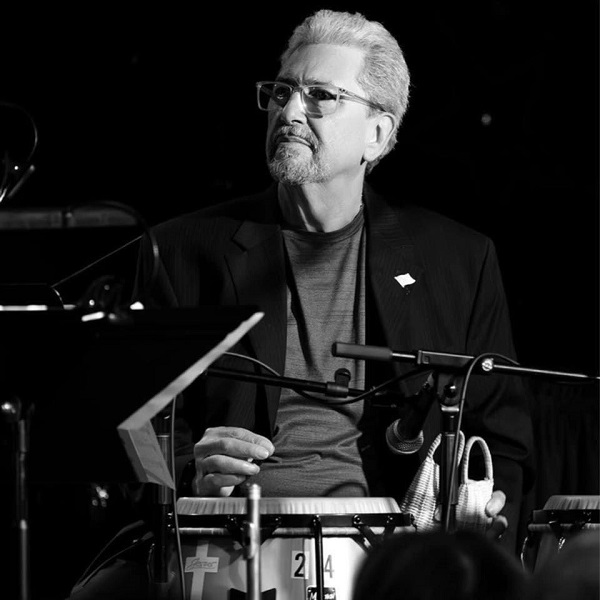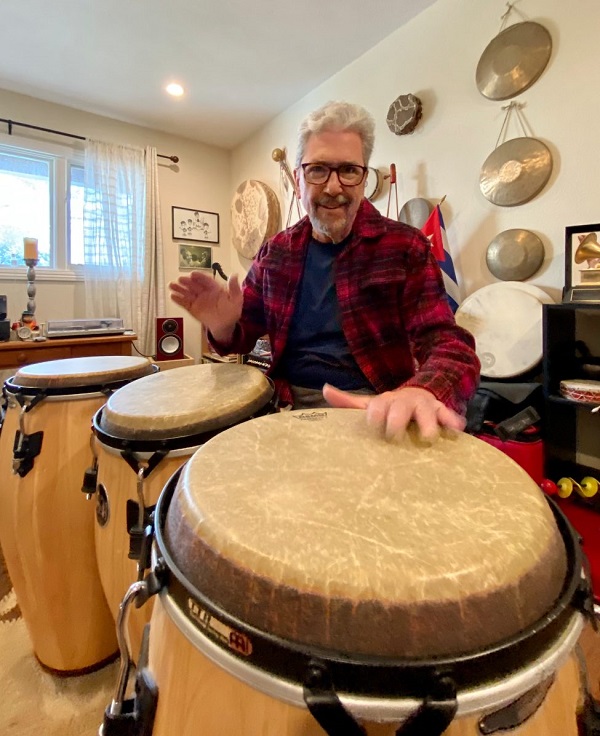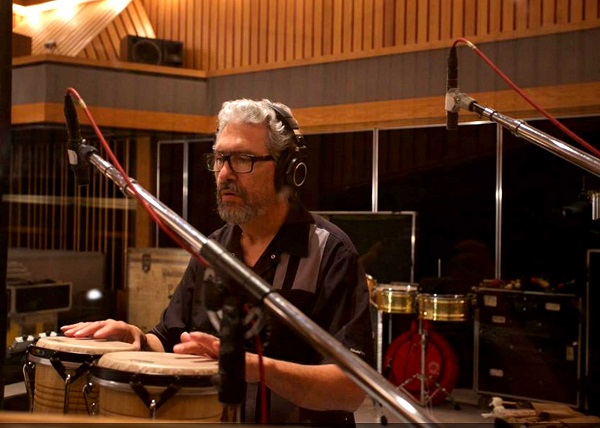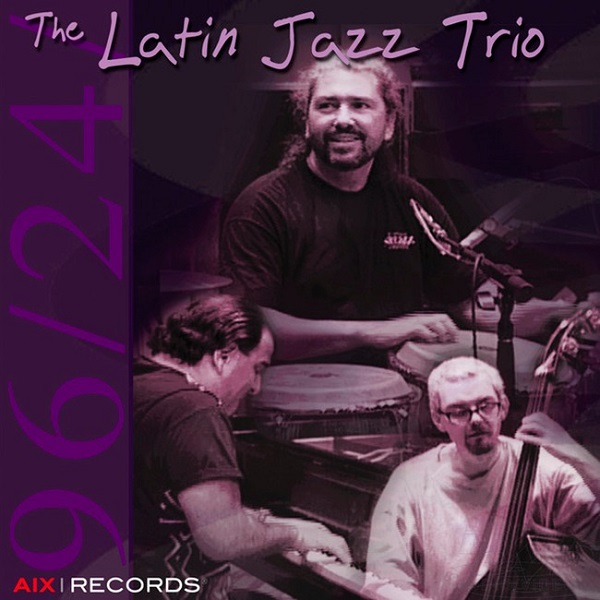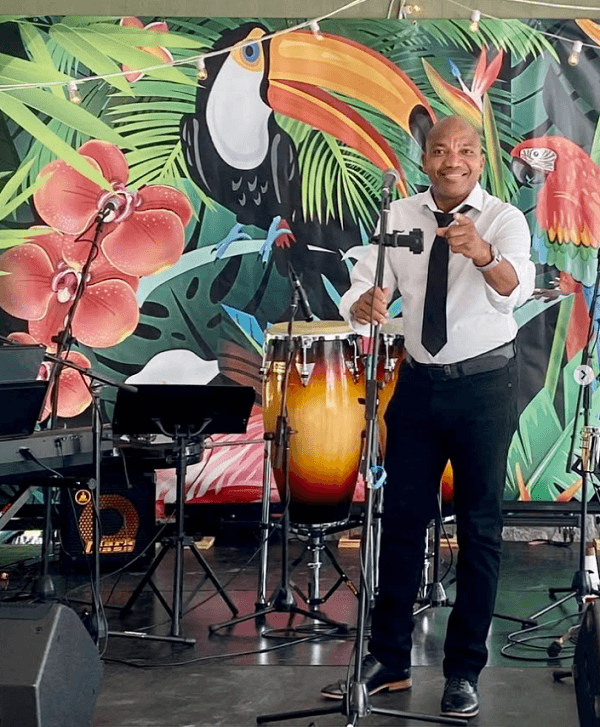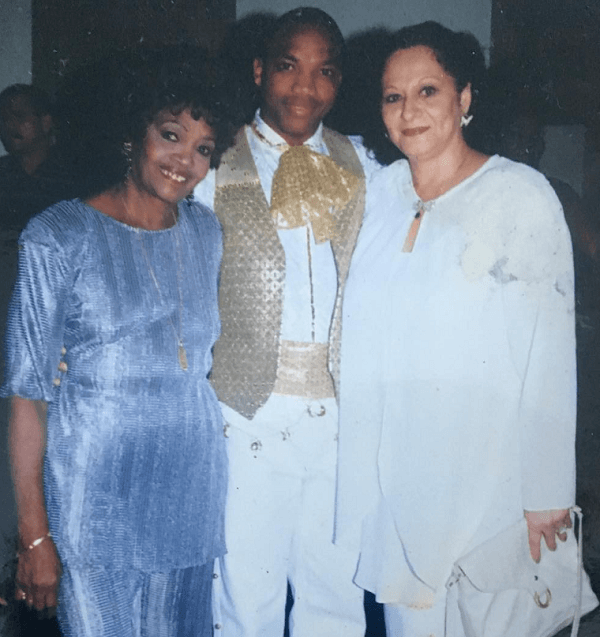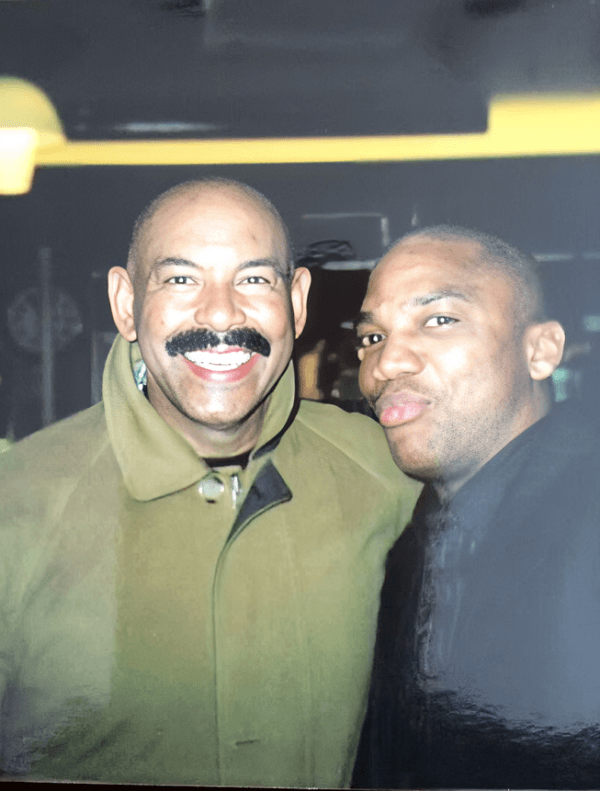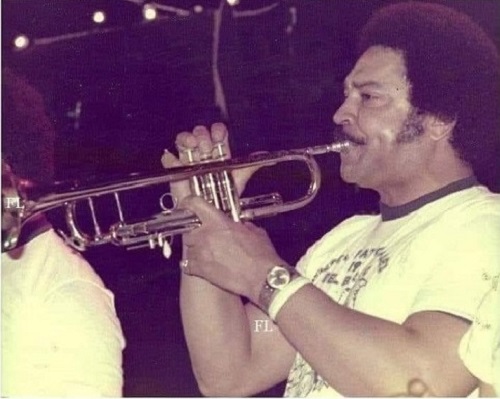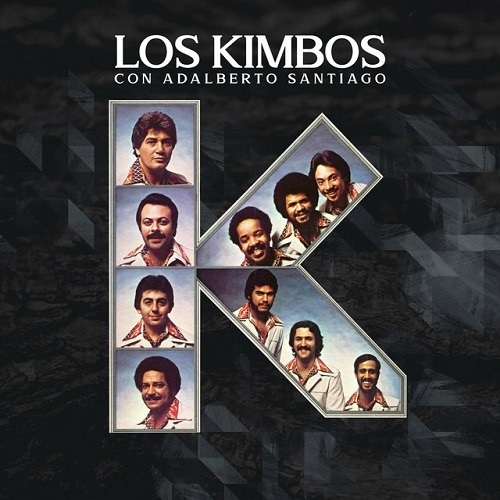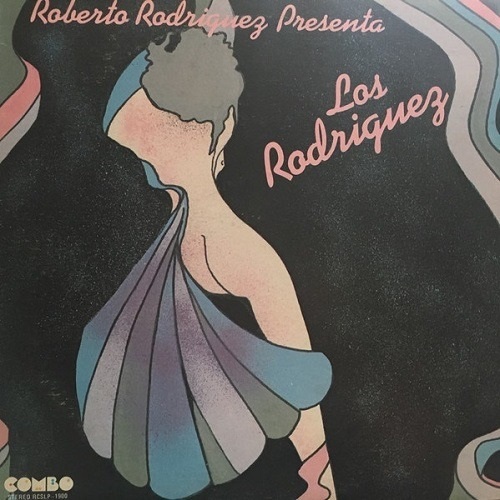Cuban Cultural with José Alberto “El Ruiseñor” Nominated for Best Latin Tropical Album “Mi Tumbao”For the 63rd Grammy®Awards.
Hollywood, CA. The 63rd Grammy Nominations were announced on November 24, 2020.
The astonishing surprise was the Nomination of Cuban born José Alberto “El Ruiseñor”, Nominated for Best Tropical Latin Album “Mi Tumbao”.
The excitement is building and it could not have happened to a better man.
José Alberto Tamayo Diaz, aka The Nightingale. Born into a musical family, José’s parents played a key role in his musical journey; his father was a tres player and his mother was a singer.
At fourteen years young José flourished as the leader of the Cuban based band, Grupo Rock Lasser; his charisma and popularity spurred his passion, and the rest is history.

José Alberto has dedicated his love of Cuba through his music. A win for José Alberto on Jan 31, 2021 would make him the first solo Cuban male vocalist to win a Grammy in 21 years, since Chucho Valdez in 1999.
El Ruiseñor confesses, “The Grammy Awards are way up there, it is the Oscars for music, winning a Grammy award would mean a lot to my country.”
Hailing from Bayamo, the capital city of the Granma Province of Eastern Cuba, “Bayamo is my life”, Alberto admits proudly in reflection of his group BNM, Bayamo National Movement.
For over 30 years, Jose has thrived as a prominent citizen of Cuba, and has constantly worked hard for his city, his music and his valuable culture. As the most internationally awarded solo artist of Granma, José Alberto El Ruiseñor has dedicated many songs to his fellow countrymen.
With the pandemic numbers growing, he curated an online philanthropic concert, to recognize the efforts of doctors and nurses titled, “Cuba Saves”, broadcasted from his own backyard. Before the pandemic he was keeping up with his hometown roots by performing every Saturday in the main street of Bayamo.

The album title, “Mi Tumbao” translated to “swag” or “grace to move,” transcends the listener into the origins of Cuban music, and the raw roots of his Cuban nation.
The album breathes three decades of artistic life, composed of Guaracha, Son, Salsa, Cumbia, and Merengue. Homage is vibrantly paid to his influencers and godfathers of Cuban music; Sindo Garay, Ñico Saquito and Miguel Matamoros, all who were introduced to him by his father.
The album has 10 illuminating, action packed tracks, some unpublished and others adaptations of known Cuban classics.
In the feature track “Emigrante” (Immigrant), José narrates the overlooked struggles of migrant life with pure vulnerability, through lyrics such as “This has to change, down ambitions, there is only one heaven in this world, why so many divisions”.

A timely song meant for acknowledging all the current problems brought on by controversial governments. In contrast, José transforms the internationally known anthem, “Lagrimas Negras” (Black Tears), to more of an inspired traditional salsa.
The project is backed by English label Tumi Music. With legendary A&R director Mo Fini at the helm, the UK based label specializes in authentic and original music from all corners of Latin America.
José Alberto’s innate vocal techniques, and the ability to relate to the common man through his music, will captivate and inspire any and all of its listeners.. Miracles do happen and this time it’s all rolled up in a profoundly talented troubadour, José Alberto; he is a force to be reckoned with. If you’ve never heard his music before, now is the time to listen; make yourself a cubano and a cafecito, take the old Victrola for a spin, your feet will do all the work. José Alberto’s contagious rhythmic vocals will get you going!

José Alberto
Tumi Records
www.tumimusic.com
Media Inquiries
Jodi Jackson
JJ Entertainment
323-356-0797
